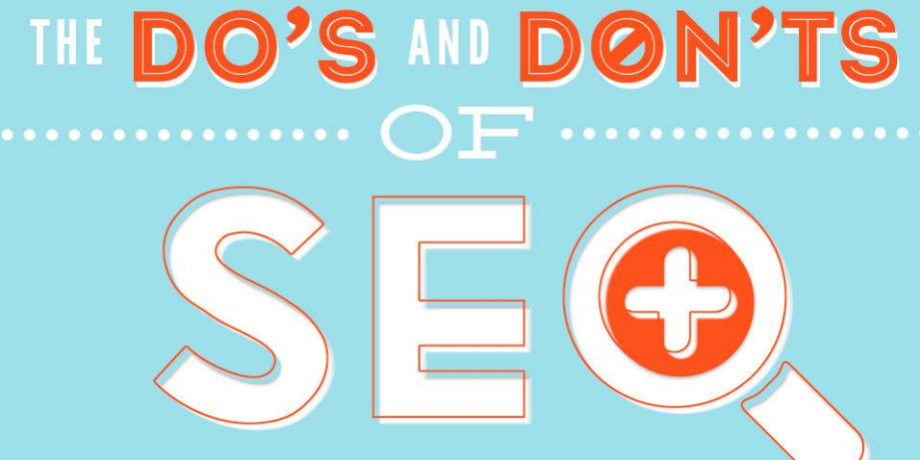THE 5 NOTS OF SEO - A QUICK GUIDE
1. Don’t Deceive Your Users – Make pages primarily for users, not for search engines. The practice of presenting different content or URLs to users and search engines is commonly referred to as “cloaking.” Some examples of cloaking include:
Serving a page of HTML text to search engines, while showing a page of images or Flash to users
Serving different content to search engines than to users
Top SEO company in Lahore.
2. Don’t Deceive Search Engines – Avoid tricks intended to improve search engine rankings. These tricks may include but are not limited to:
Hidden text
Hidden links
Cloaking
Sneaky redirects
A good rule of thumb is to ask, “Does this help my users? Would I do this if search engines didn’t exist?”
3. Don’t Participate in Link Schemes – Everybody knows that links play a big role in ranking your site in search engines. What everybody doesn’t necessarily know is that the quality and relevance of links count much higher than the quantity of links. Participating in link schemes can negatively impact your site’s ranking in search results. Some examples of link schemes can include:
Links intended to manipulate rankings
Links to web spammers or bad neighborhoods on the web
Excessive reciprocal links or excessive link exchanging (“Link to me and I’ll link to you”)
Top SEO company in Lahore.
4. Don’t have Duplicate Content – Creating multiple pages, sub domains, or domains with substantial duplicate content can result in a drop in rankings or even removal from a search engine’s index. Here are some suggestions on how to handle duplicate content issues:
Consider blocking pages from indexing (robots.txt)
Use 301 redirects
Use top-level domains (www.domain.de vs. www.domain.com/de)
Minimize similar content
5. Don’t Keyword Stuff – Keyword Stuffing refers to loading a web page with keywords in an attempt to manipulate a site’s ranking in search results. Typically, keyword stuffing will be found in lists or paragraphs of keywords, hidden text, hidden in title tags or alt tags. This practice results in a negative user experience and can harm your site’s ranking. Focus on creating useful, information-rich content that uses keywords appropriately and in context.
Following these guidelines will get you going on the right track to having an SEO friendly website which will help search engines find, index, and rank your site.
webihouse.com





